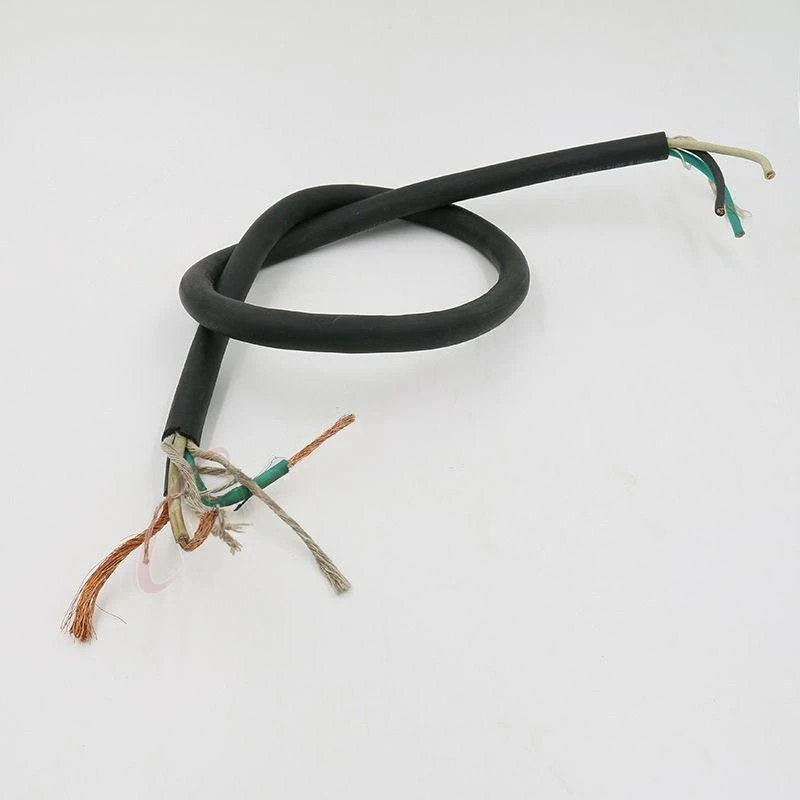des . 26, 2024 22:31 Back to list
Exploring the Benefits and Applications of Butterfly Valves in Industrial Systems
Understanding Butterfly Valves Design, Function, and Applications
Butterfly valves are a crucial component in the field of fluid control and management. These valves are regularly used in a variety of industries due to their unique design and efficient functionality. A butterfly valve is a type of quarter-turn valve that consists of a rotating disc to control the flow of liquids or gases through a pipe. When the disc is parallel to the flow, the valve is open, allowing fluids to pass through effectively. Conversely, when the disc is rotated perpendicular to the flow, the valve is closed, preventing the passage of any fluid.
Design and Operation
The fundamental design of a butterfly valve is quite simple yet remarkably effective. Its construction typically includes a valve body, a rotating disc, a stem, and an actuator. The disc is mounted on a shaft, which enables it to pivot and regulate the flow. One of the noteworthy features of butterfly valves is their compact size and lightweight nature, making them suitable for applications where space and weight are critical constraints.
The operation of a butterfly valve is straightforward. When the actuator turns the stem, the attached disc begins to rotate. In a fully open position, the disc allows for a straight-line flow through the pipe with minimal pressure drop. This characteristic is particularly beneficial in systems where energy efficiency is paramount.
Advantages of Butterfly Valves
Butterfly valves boast several advantages that make them popular in various applications. Firstly, they provide quick and easy operation, requiring only a quarter turn to open or close the valve fully. This rapid response is essential in many industrial processes where timing is crucial.
butterfly valve

Secondly, the simplicity of their design results in lower manufacturing and maintenance costs compared to other valve types, such as gate or globe valves. Their lightweight structure also means easier handling and installation, reducing labor costs.
Additionally, butterfly valves are capable of handling large volumes of fluids, which is why they are commonly used in water treatment facilities, chemical processing plants, and HVAC systems. They can effectively manage both high-pressure and low-pressure environments, demonstrating versatility across multiple sectors.
Applications
The applications of butterfly valves are extensive. In the water treatment industry, they are employed to regulate the flow of water in treatment plants and distribution systems. In the oil and gas sector, they control the flow of hydrocarbons, ensuring safe and efficient operation. Moreover, their use in HVAC systems allows for maintaining optimal temperature and airflow in commercial and residential buildings.
In the food and beverage industry, sanitary butterfly valves are designed with smooth surfaces and minimal crevices, facilitating easy cleaning and compliance with strict hygiene standards. This design feature is critical in ensuring that the products meet safety regulations and quality assurance.
Conclusion
In summary, butterfly valves are essential components in fluid control systems, offering an effective blend of efficiency, cost-effectiveness, and ease of use. Their design allows for rapid operation, while their versatility enables them to thrive in various industries. As technology evolves and industries strive for enhanced efficiency and sustainability, the role of butterfly valves is likely to become even more prominent. Understanding their functionality, advantages, and applications can aid engineers and operators in selecting the right valve for their specific needs, ultimately contributing to successful operational outcomes in fluid management systems.
Share